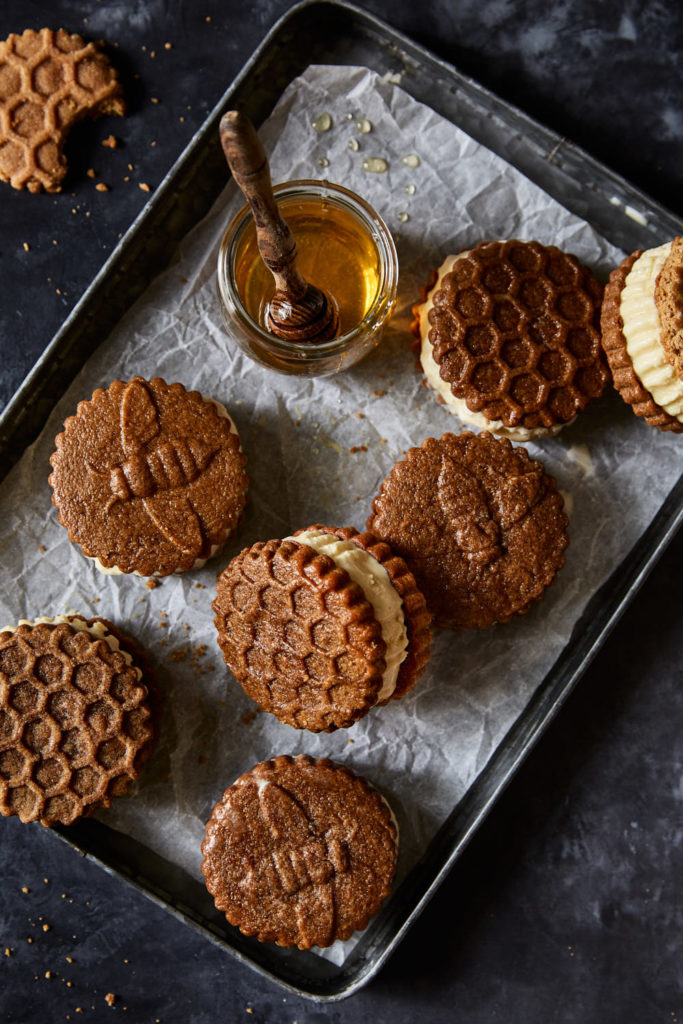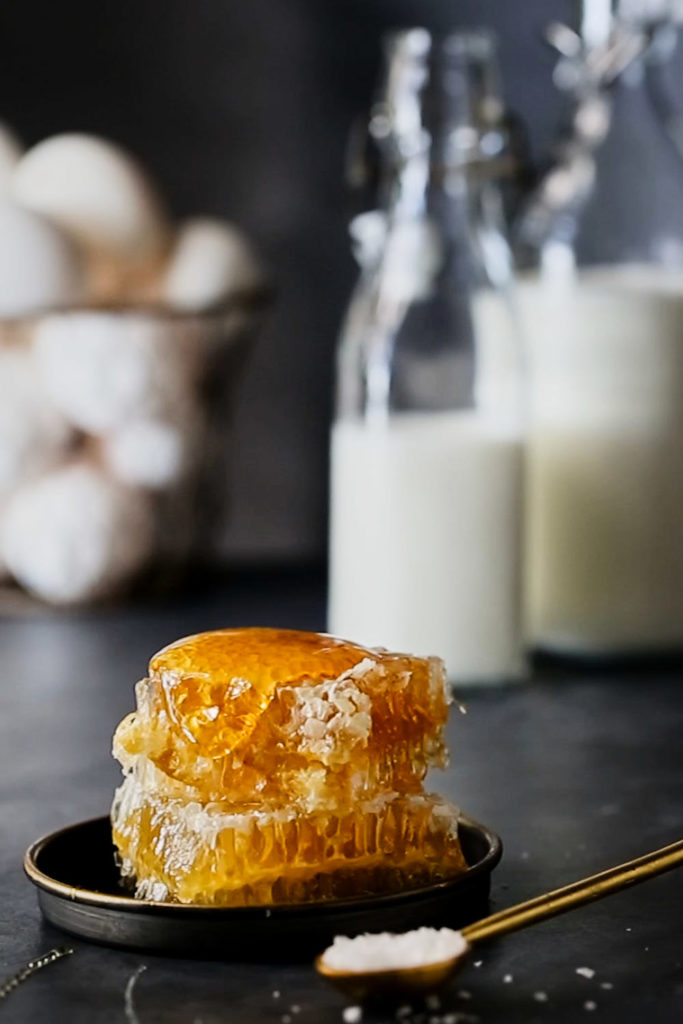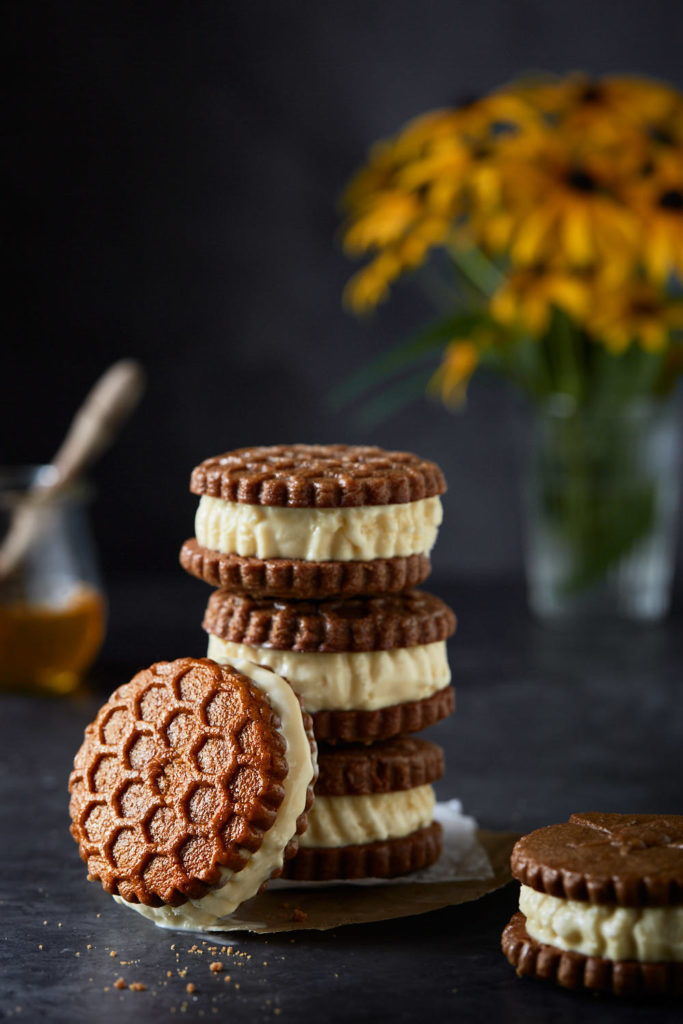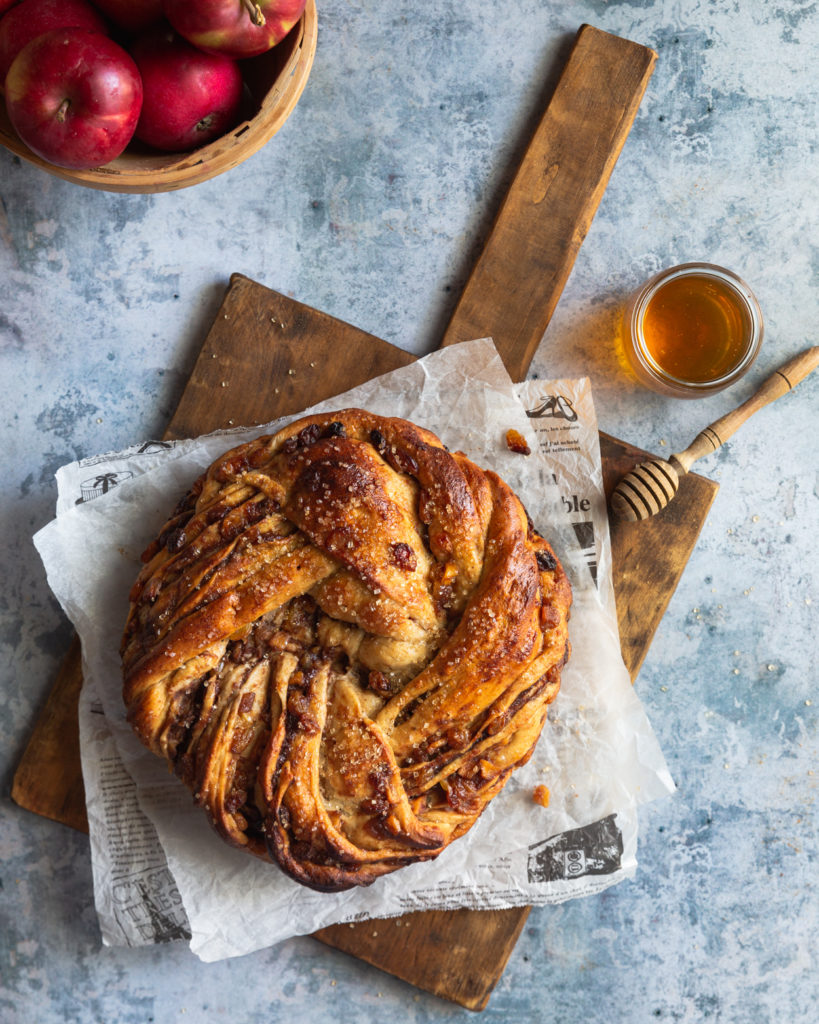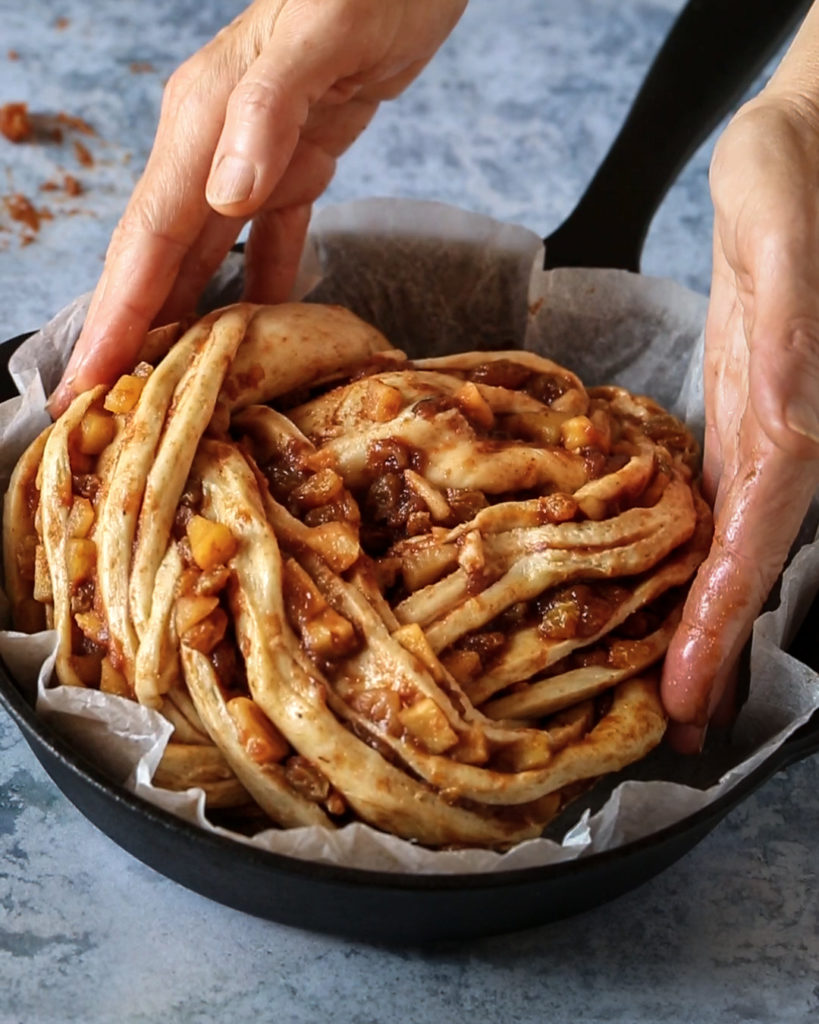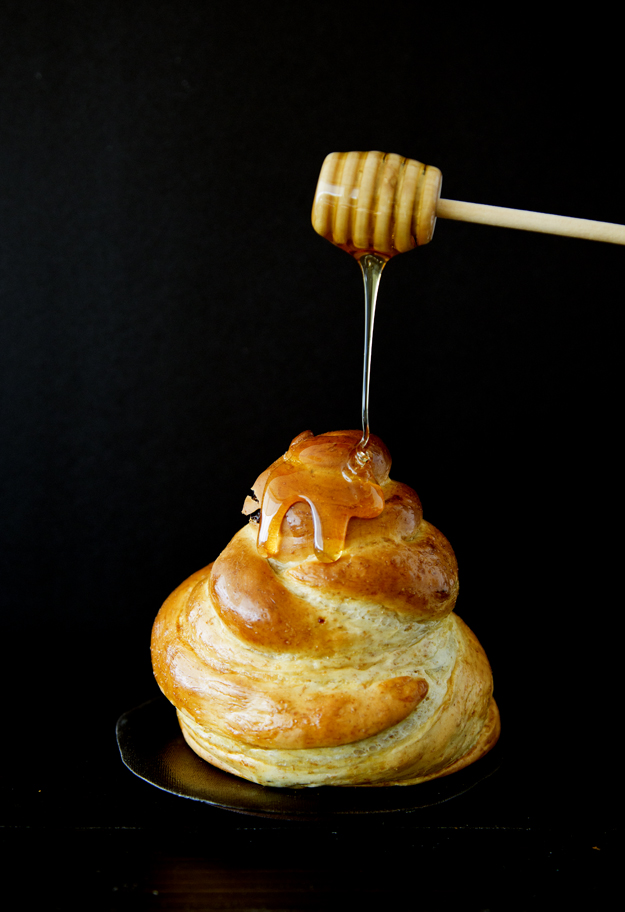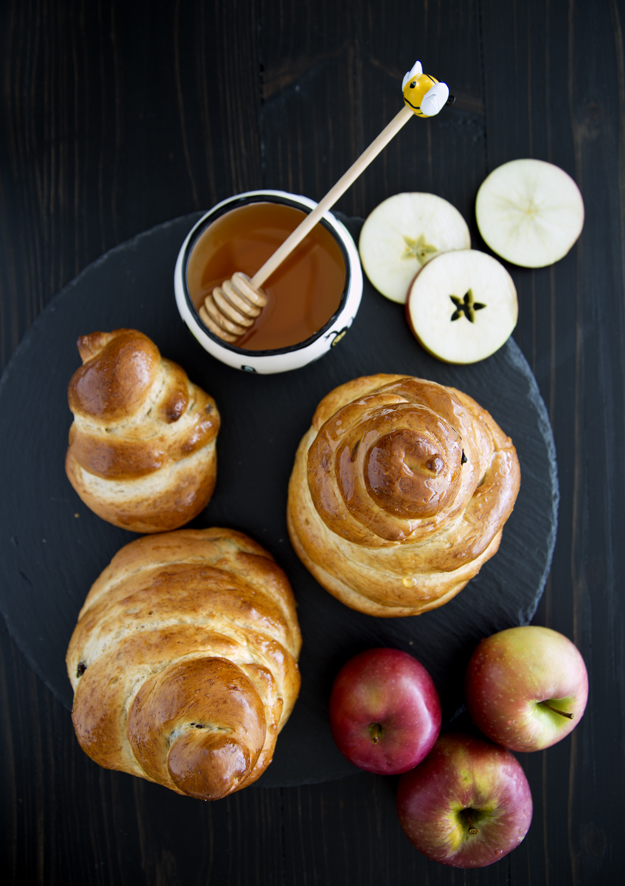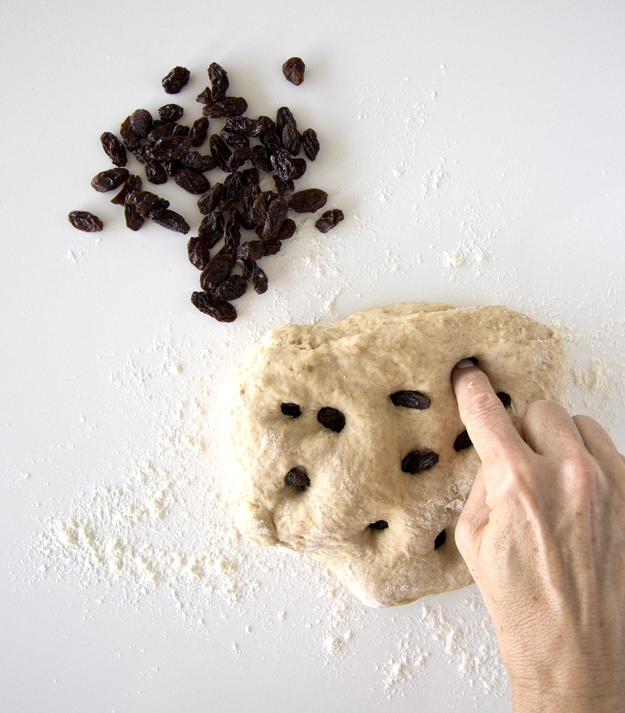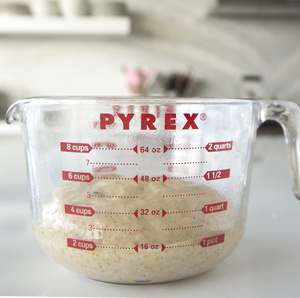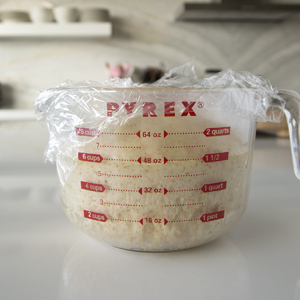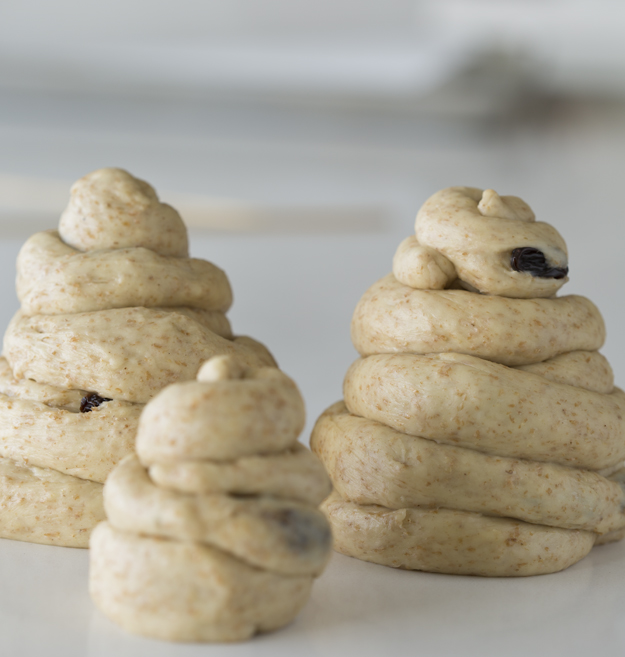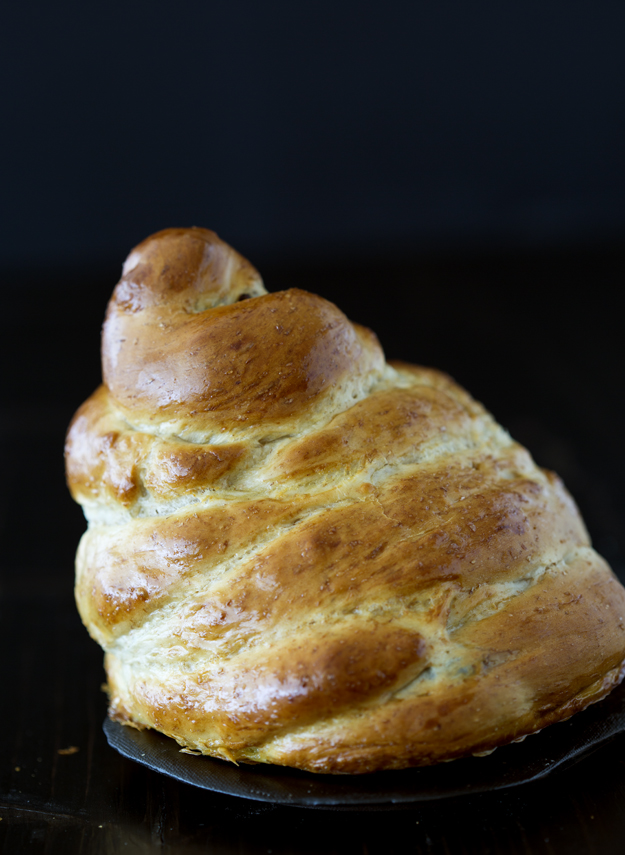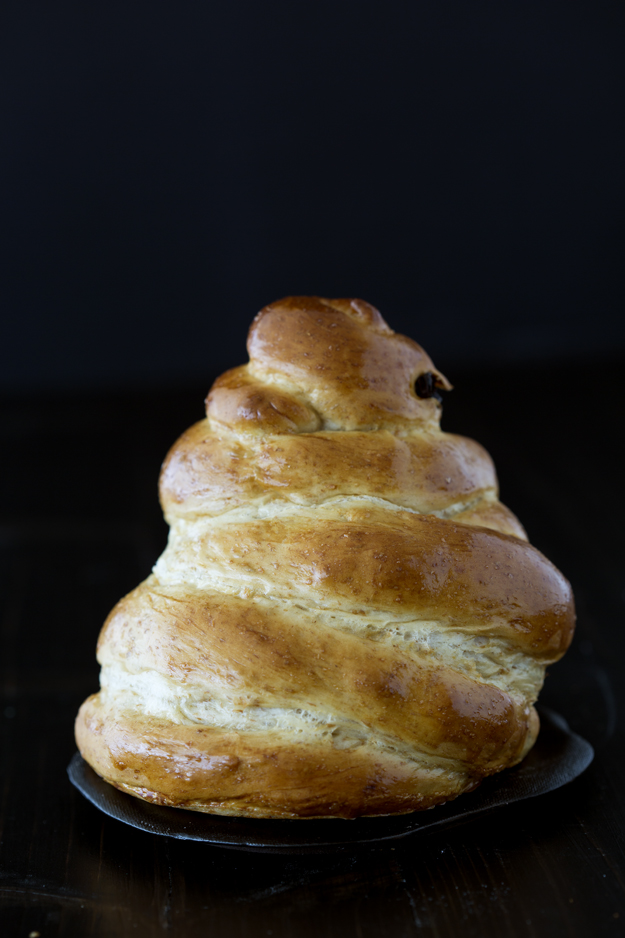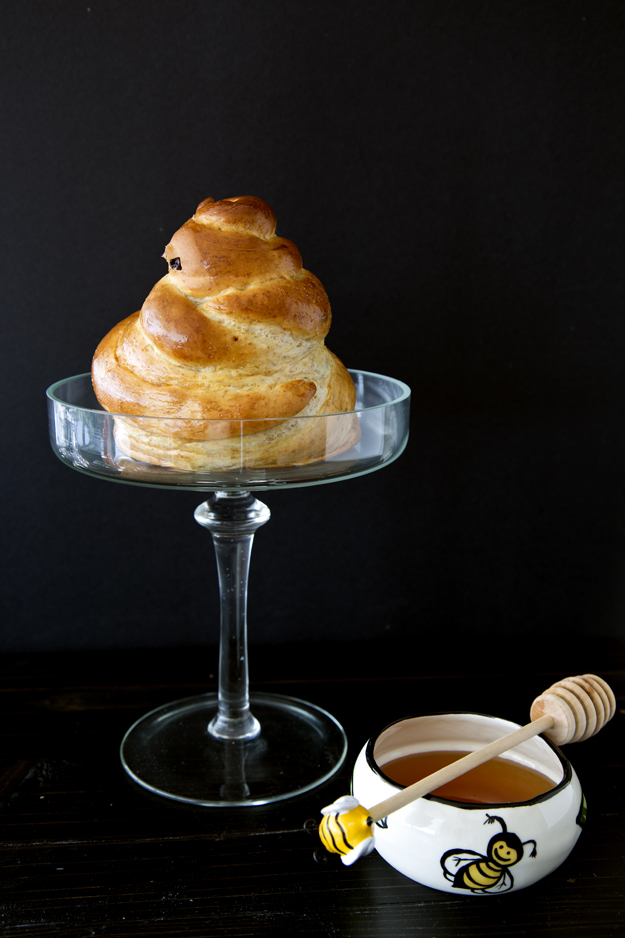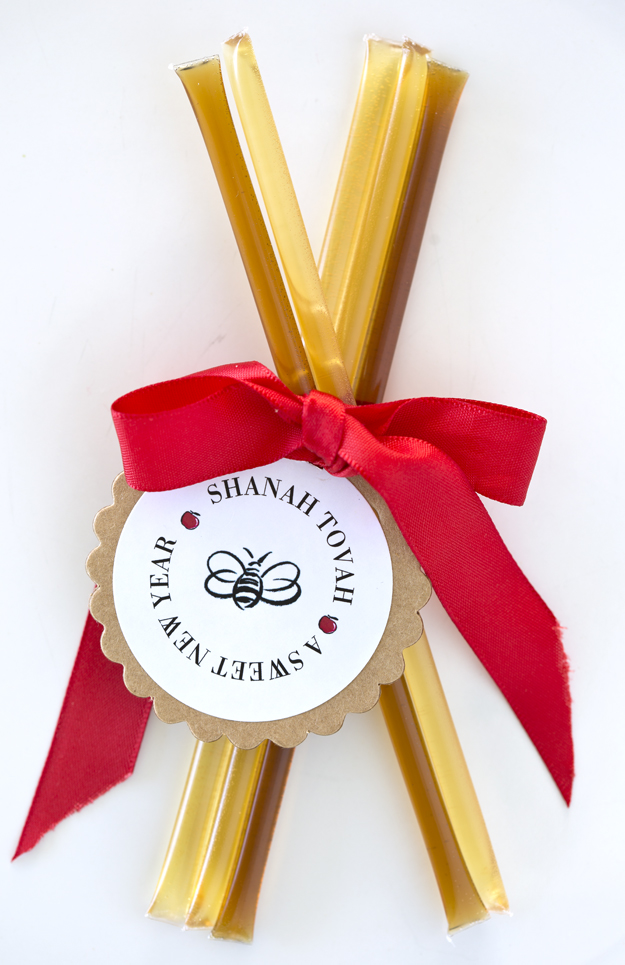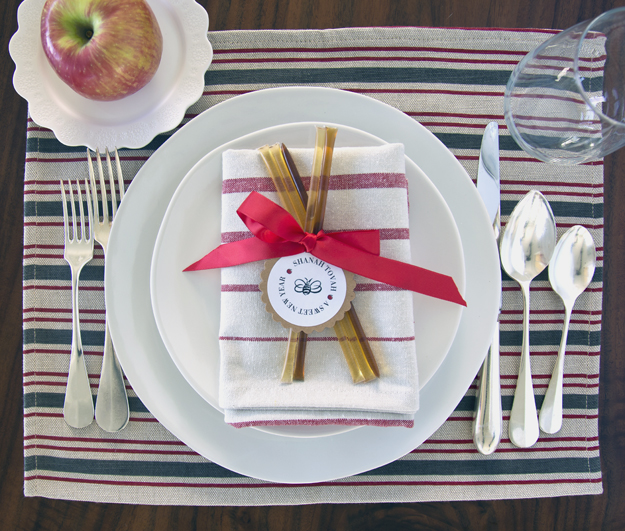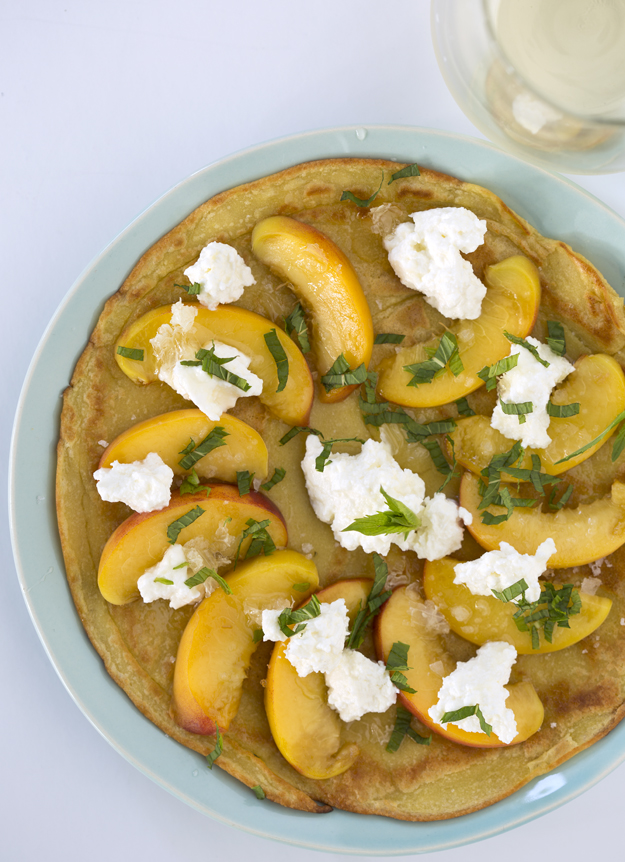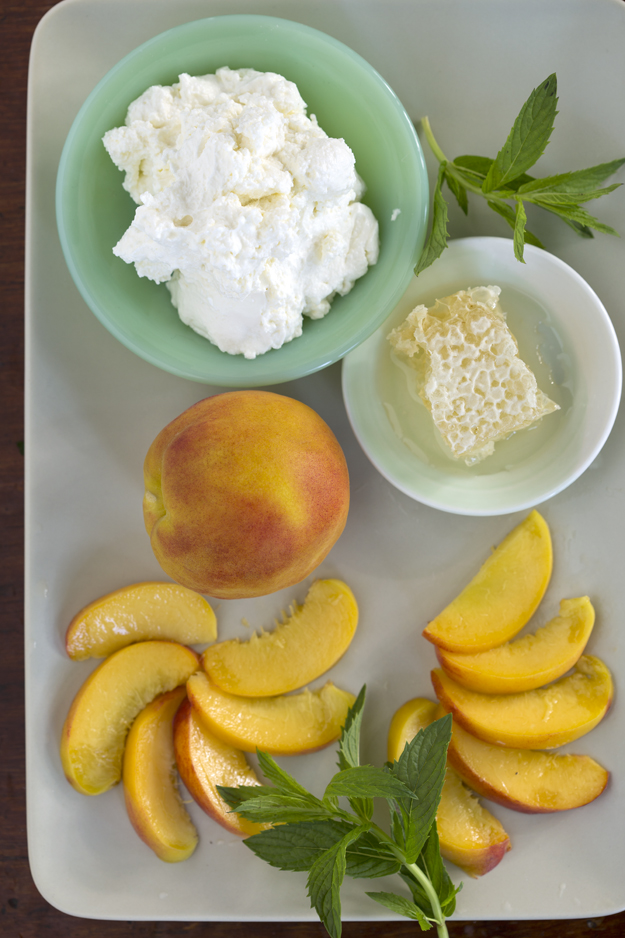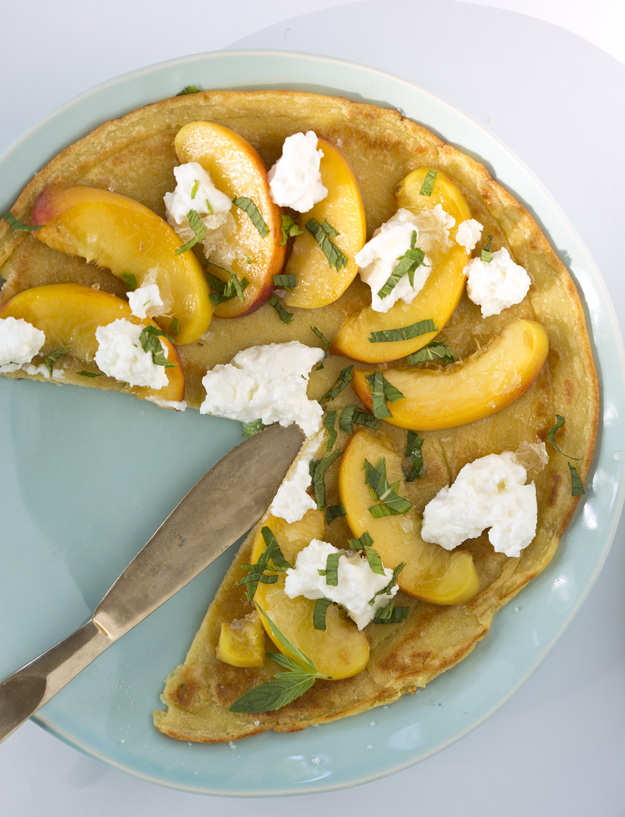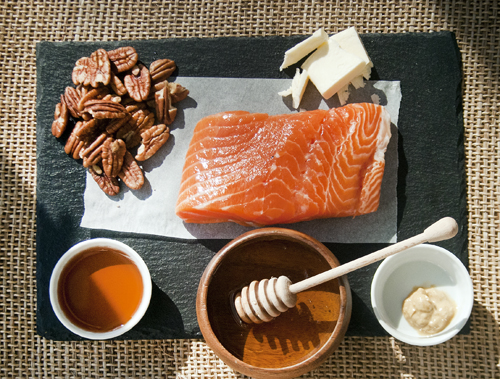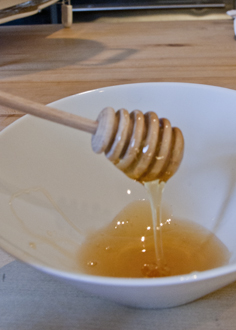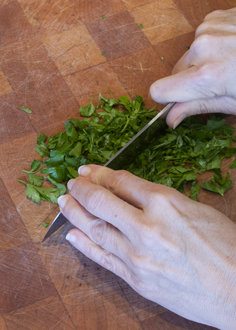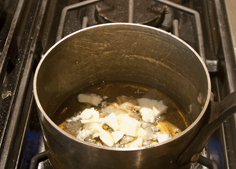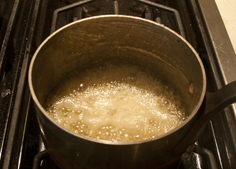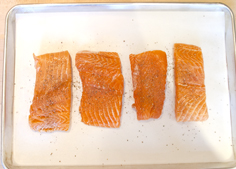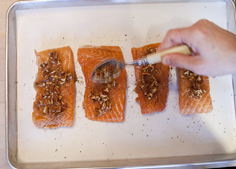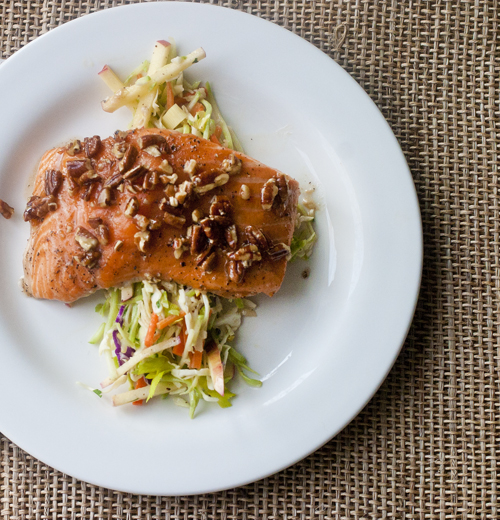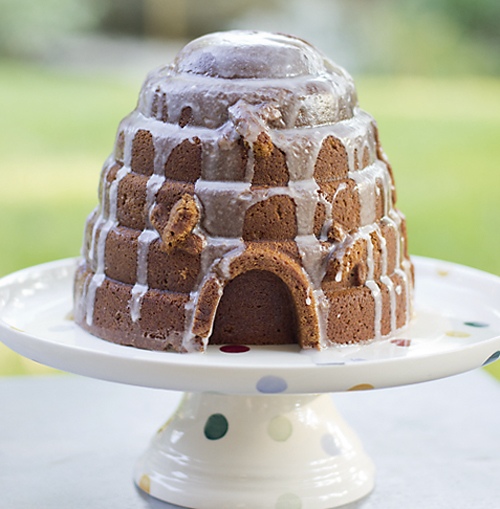
Tomorrow night marks the start of Rosh Hashanah, the Jewish New Year. Honey is traditionally served at the Rosh Hashanah table to symbolize our hope for a sweet year ahead. What you may not know, is that honey is rapidly at risk of becoming a scarce commodity.
What I’m about to share with you may sound a bit far-fetched, like a plot from an episode of CSI-The Animal Kingdom Edition, if there were such a version.
Honeybees are disappearing at an alarming rate. Apparently, thriving colonies disappear overnight without leaving a trace, the bodies of the buzzing little victims are never found. Seemingly healthy communities fly off never to return. The queen bee and mother of the hive is abandoned to starve and die.
Bees don’t just make honey; they are critical in the pollination of our fruits and vegetables When you stop to consider that honeybees pollinate about one out of every three bites of food we eat, this is a serious matter. This missing bee phenomenon is known as “Colony Collapse Disorder” (CCD). What is causing CCD is up for debate.
Some put forth the theory that whenever bees are stressed, a parasite, called nosema, attacks the bees digestive system. Anytime bees are stressed, their immune system takes a hit. What could honeybees possibly be stressed about, you may ask? In what’s called “migratory beekeeping”, beehives are often transported long distances to pollinate farms. Imagine how you’d feel, doing a great job on one farm and then being packed up in a truck, to travel thousands of miles only to have to set up shop in a new location all over again. That would stress anyone.
According to Richard Schiffman of blogs.reuters.com
Three new studies point an accusing finger at a culprit that many have suspected all along, a class of pesticides known as neonicotinoids.
In the U.S. alone, these pesticides, produced primarily by the German chemical giant Bayer and known as “neonics” for short, coat a massive 142 million acres of corn, wheat, soy and cotton seeds. They are also a common ingredient in home gardening products.
Research published last month in the prestigious journal Science shows that neonics are absorbed by the plants’ vascular system and contaminate the pollen and nectar that bees encounter on their rounds. They are a nerve poison that disorient their insect victims and appear to damage the homing ability of bees, which may help to account for their mysterious failure to make it back to the hive.
What can we do to help? Here are a few ideas from the “District Domestic” website that you can implement in your garden, to help the plight of the honeybees.
- Replace some of your lawn with flower beds.
- Keep your garden as organic as possible! Avoid using pesticides and herbicides.
- Plant native species, which bees love – for example: mint, daisies, strawberries, raspberries, lavender, salvia, asters, sunflowers and verbena.
- Choose plants that flower at different stages in the growing season to provide a constant supply of food for the bees.
While honey cake is traditionally served at Rosh Hashanah, I have to admit that I’m not the biggest honey cake fan. My main complaint about honey cakes is that they are very sticky and cloyingly sweet.
To me, honey cake is the Jewish equivalent of fruitcake. Everyone makes it but no one really wants to eat it. However, here is a honey cake recipe that I have come upon that has changed my mind. Honey-Glazed Beehive Cake is light and delicate, as a result of egg whites which are whipped to fluffy peaks and then folded into the batter.
The honey glaze which sandwiches the two halves of the hive together is created by combining brown sugar, honey and butter. The brown sugar and butter work their magic to tame the cloying sweetness of honey. I could not stop myself from licking the bowl.
This recipe comes from the June 2008 issue of Martha Stewart Living. I have adapted it slightly and omitted the marzipan honey bees that Martha decorated her cake with. If you have the patience and fine motor skills to make the little marzipan bees, go for it! The hive cake pan is made by Nordicware and I got mine on Amazon.
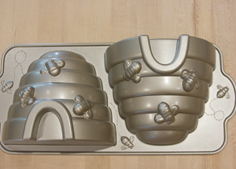
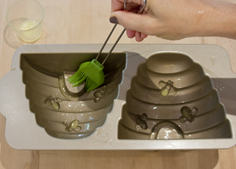
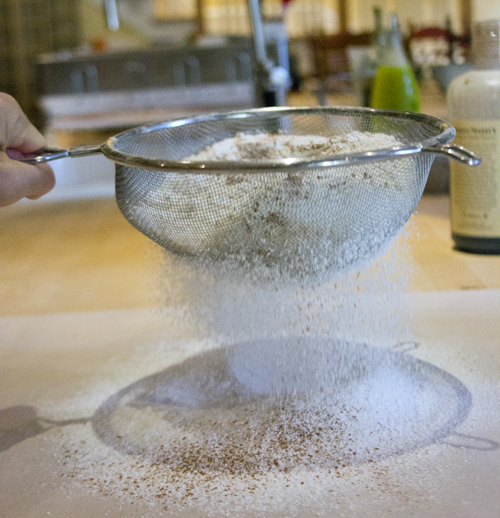
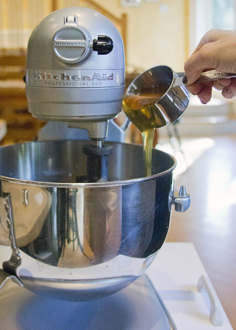
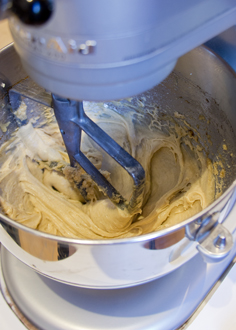
Egg whites are beaten to stiff peaks and folded into the cake batter to help create a lighter honey cake.
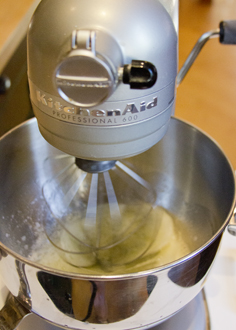
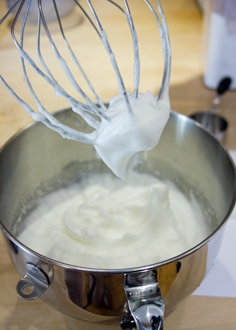
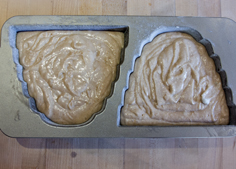
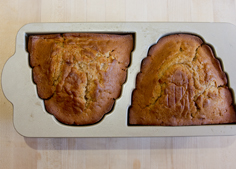
The cake halves must be trimmed in order to sandwich them together to make the hive. The trimmings make a great afternoon snack with tea!
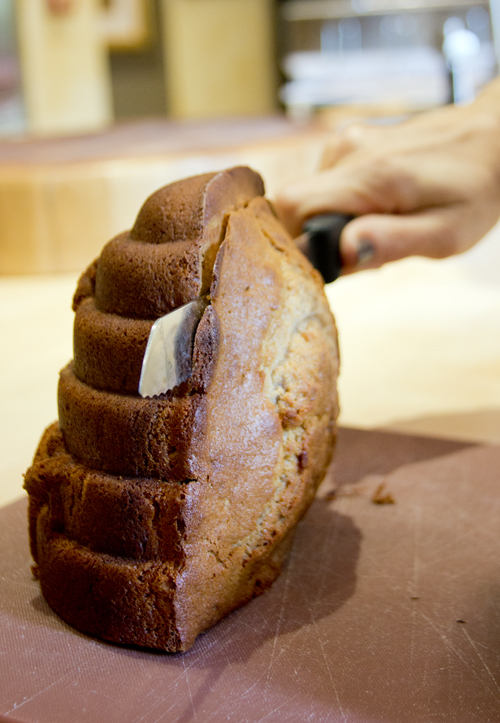
Martha recommends using the honey glaze when it is warm, to glue the halves together. I found that the two sides kept sliding, so I chilled the glaze for about an hour so the butter had a chance to set up a bit. Once firmer, the two halves stuck easily.
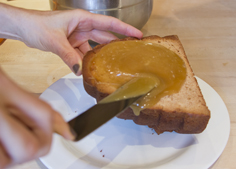
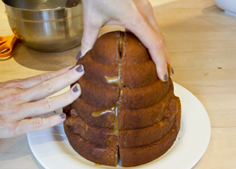
The remaining honey glaze can be rewarmed and poured over the cake if you like a “wet-look” sticky cake.
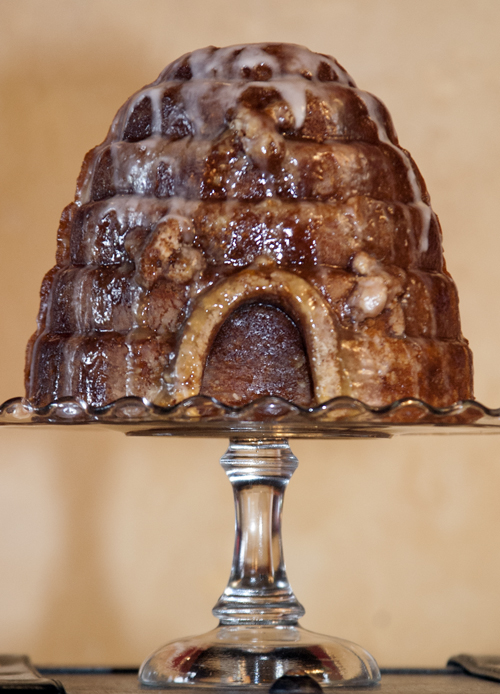
A final sugar glaze is made by mixing icing sugar and water together and poured over the cake.
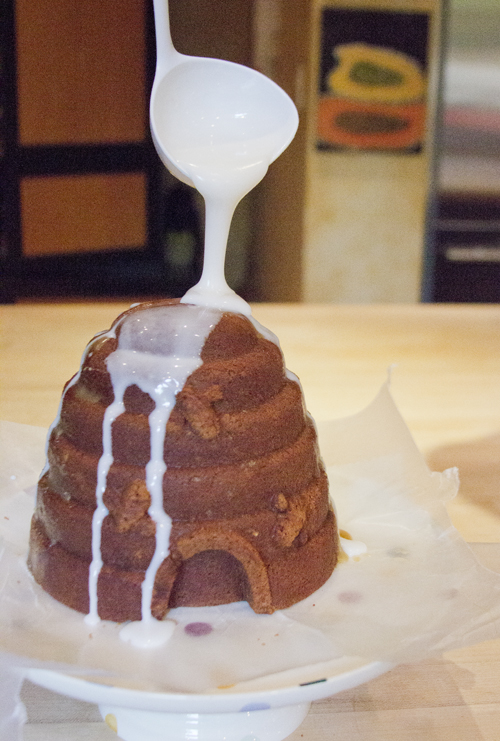
L’Shana Tova. Wishing you all a sweet, joyous and healthy New Year.
